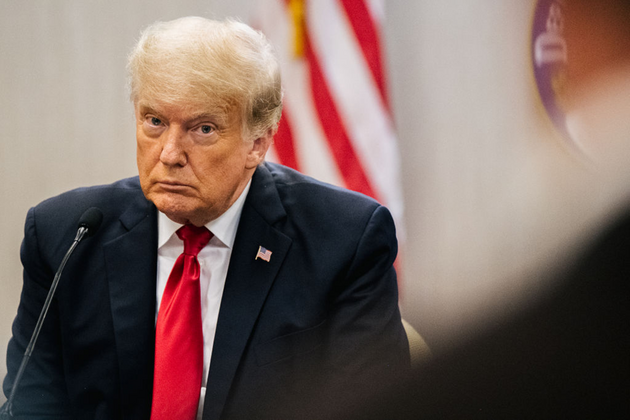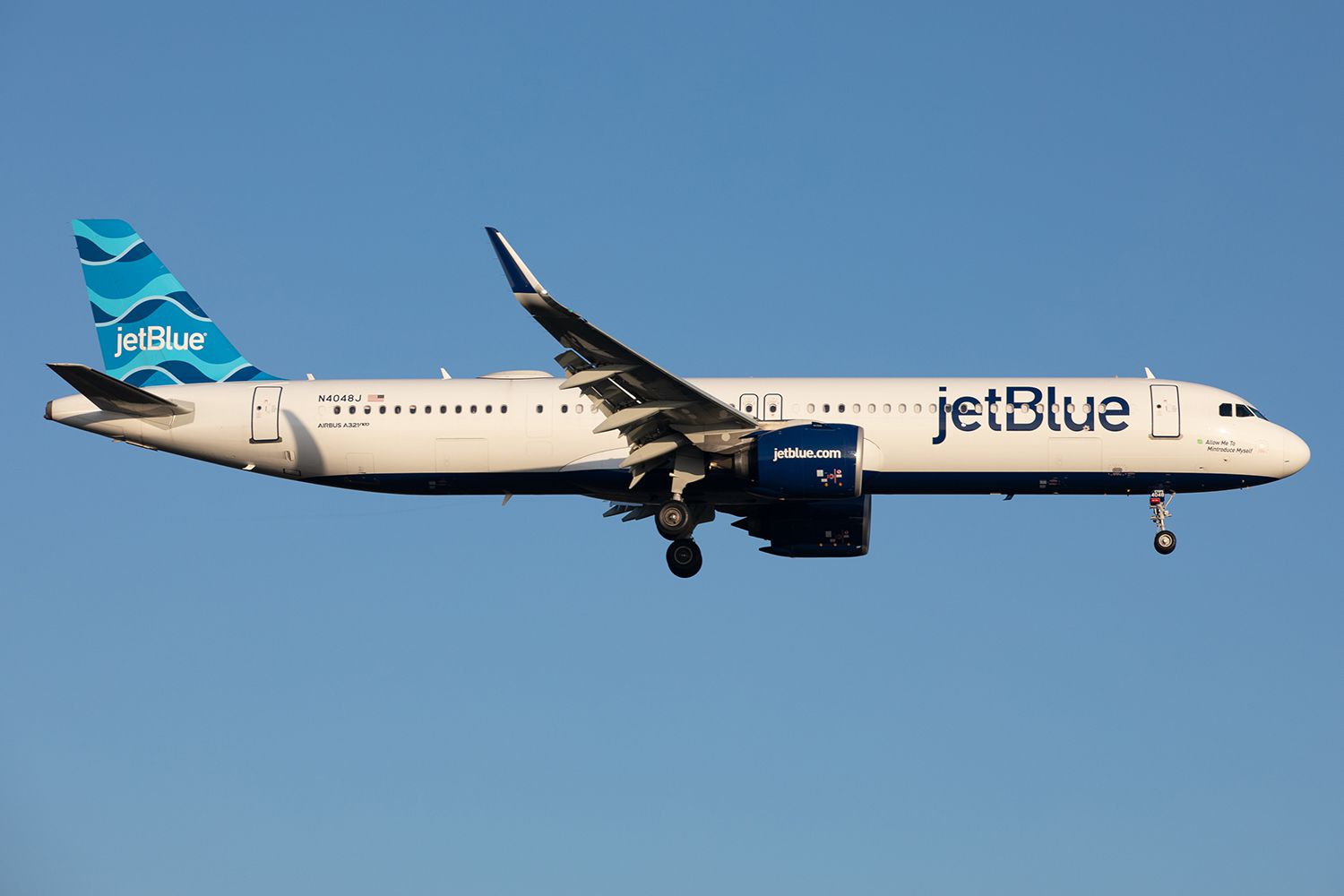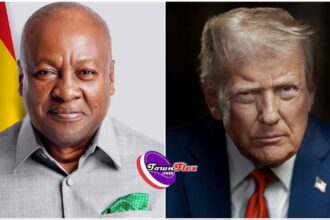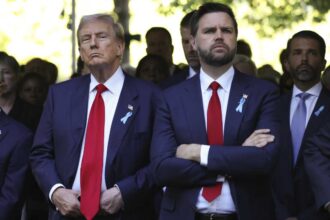The Trump administration is pushing harder than ever on global trade — but this time, it’s not just about tariffs.
President Donald Trump has given countries 90 days to adjust their trade practices or face sweeping new tariffs ranging from 10% to over 50%. While tariffs on China are already active, the administration is now targeting a much broader list of issues that go far beyond taxes on imports.
These issues include currency exchange rates, local tax systems, food safety standards, product rules, and even paperwork required at borders — all areas Trump views as unfair obstacles to U.S. businesses.
Trump argues that other countries are benefiting at America’s expense through what he calls “global freeloading.”
He accuses countries like Germany, China, and Japan of keeping their currencies weak to make their exports cheaper and more competitive.
U.S. officials are also demanding that countries like Japan and the EU change long-standing food import rules — such as bans on hormone-treated beef or limits on American potatoes — which they claim protect local farmers unfairly.
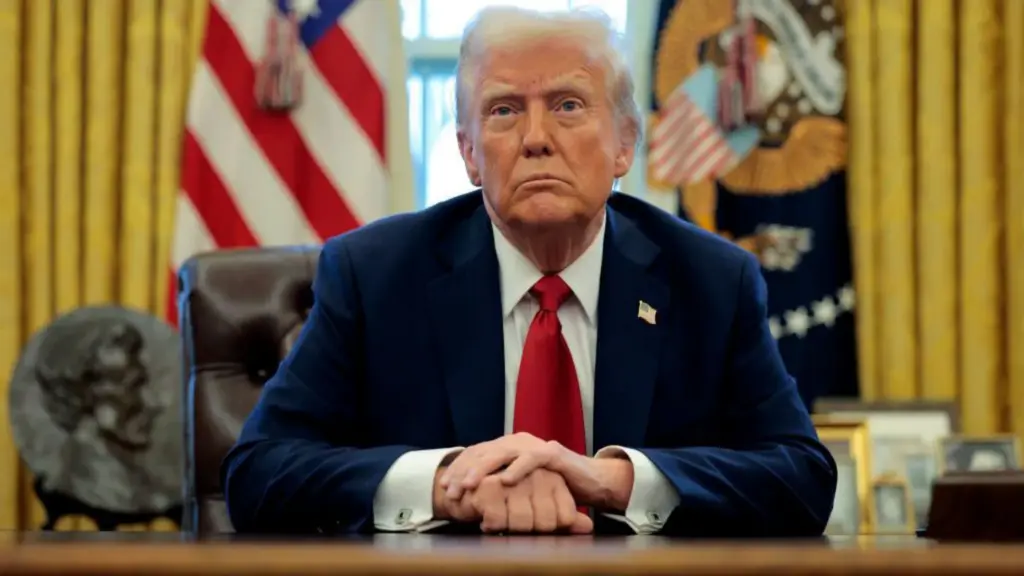
READ ALSO: Deadly Night in Glendale: 3 Killed, 5 Hurt in Steakhouse Shooting
In addition, Trump has criticized Europe’s value-added tax (VAT) system, saying it hurts U.S. exporters. Experts say changing a country’s tax system is extremely unlikely, but Trump is still using it as a point of pressure.
Analysts believe the real goal may be to reduce America’s trade deficit — when other countries sell more to the U.S. than they buy.
To do that, the Trump team is pushing for foreign countries to buy more American goods and build more factories in the U.S.
Some trade experts suggest that the complex list of complaints may be less about actual reforms and more about creating leverage to justify higher tariffs.
Whether meaningful agreements can be reached in just 90 days remains to be seen.


